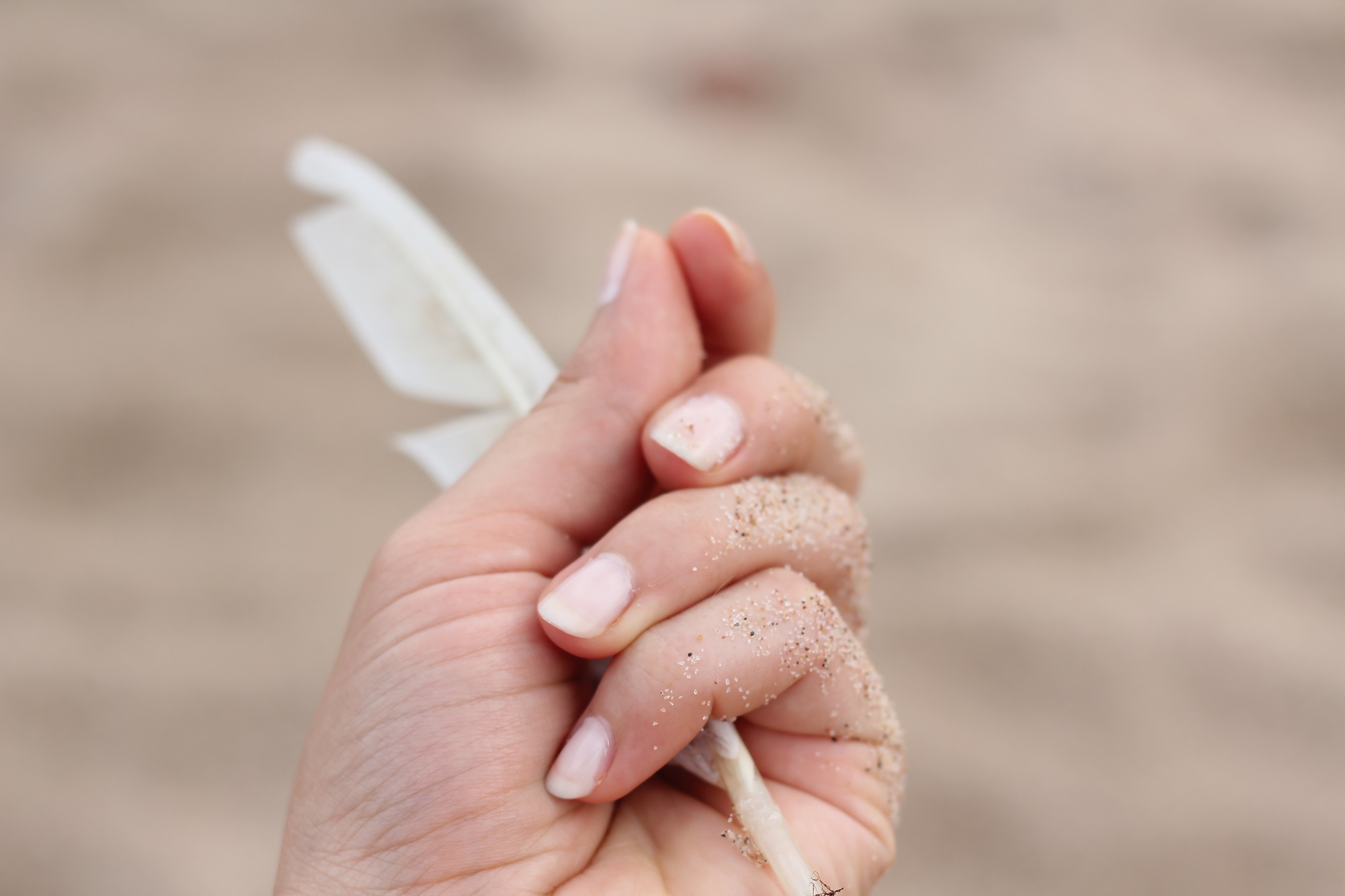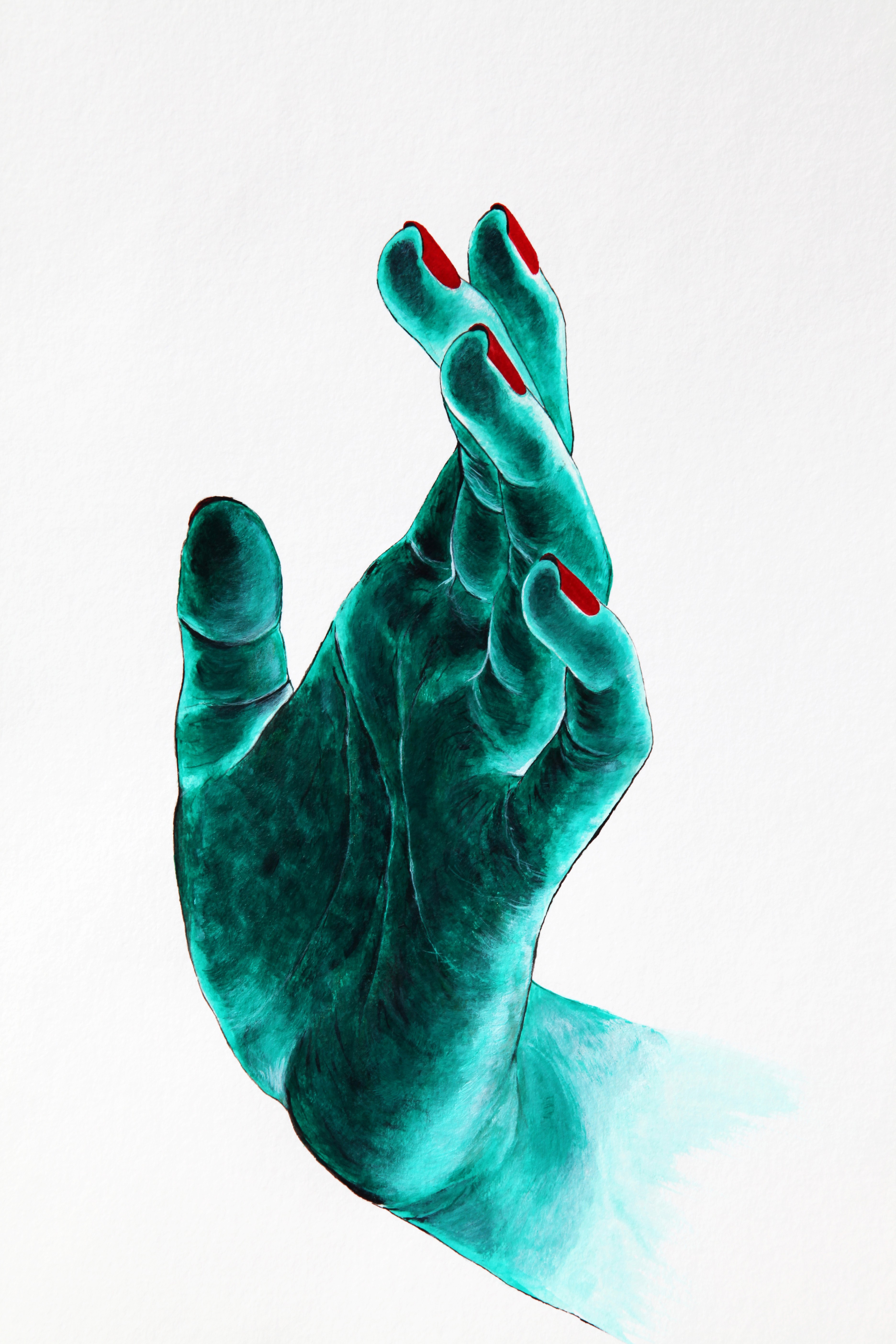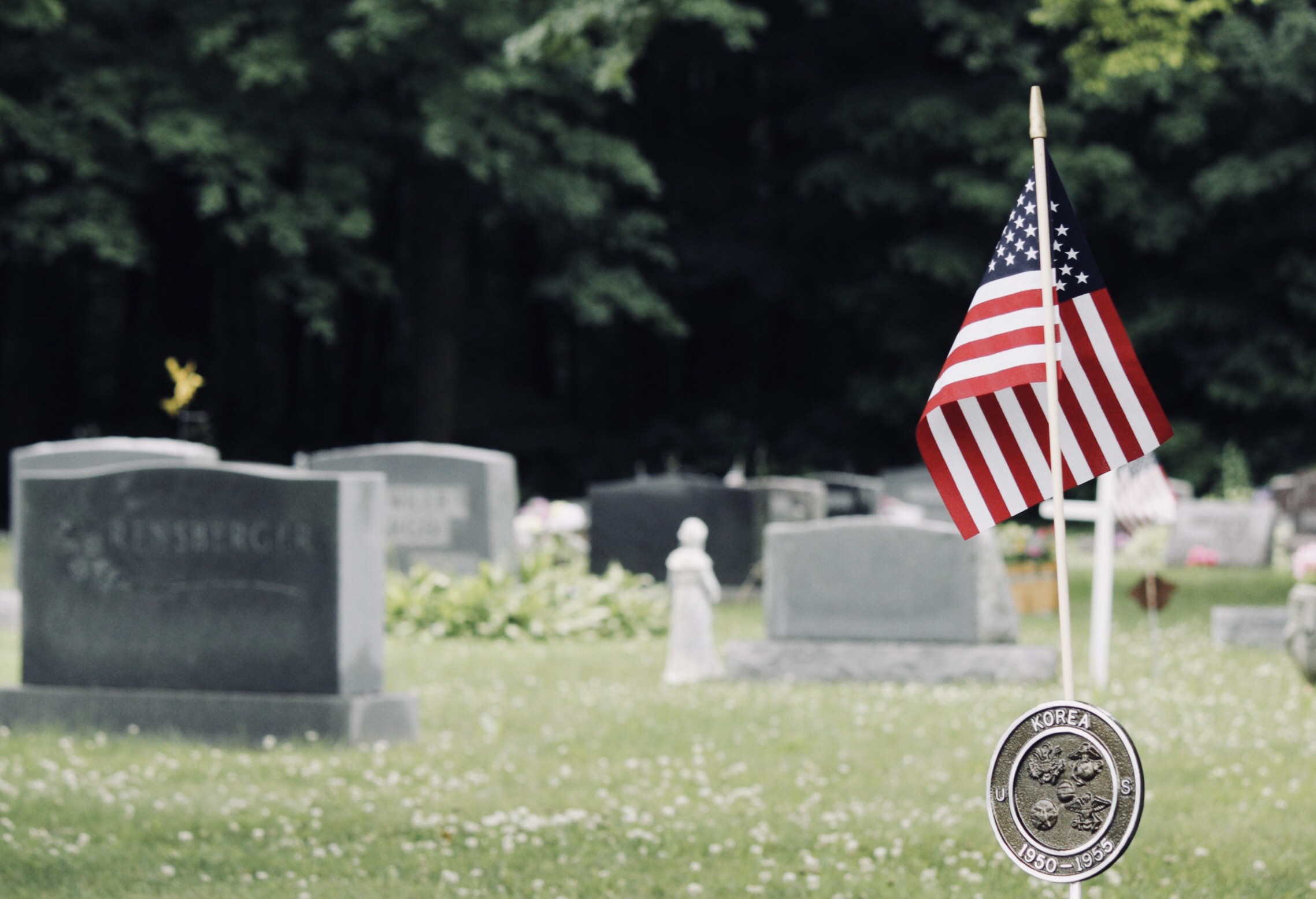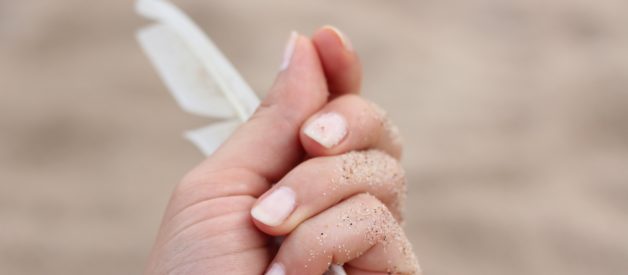Do hair and fingernails really keep growing after death? Or does this weird fact need to be permanently laid to rest?
 ?I better keep these nails trimmed short; otherwise, when I?m dead, they?ll keep growing so long that they burst out the casket!? (Oh, and the white feather symbolizes death. Obviously.) Photo by Mona Eendra.
?I better keep these nails trimmed short; otherwise, when I?m dead, they?ll keep growing so long that they burst out the casket!? (Oh, and the white feather symbolizes death. Obviously.) Photo by Mona Eendra.
How does the human body know when it is dead?
It?s an interesting question, and one that will probably elicit wildly different answers, depending on whether you ask a priest, a philosopher ? or a scientist.
At a cellular level, do some functions continue, long after consciousness has left the body? After the heart has stopped beating and signals have ceased sparking in the brain, are some of the body?s cells still working away, blissfully unaware that their time has been cut drastically short?
One argument for this idea of ?zombie cells?, parts of our body that don?t realize that the core organism is dead, revolves around our hair and nails. According to popular belief, our hair, fingernails, and toenails continue to grow ? even after we?ve died!
Is this a macabre, spooky truth? Or is it nothing but a ghost story?
Five Weird Fingernail Facts That You Can Count (On Your Fingers)
Although you?d likely not guess it from their very different appearances and textures, fingernails and hair are both made from the same substance ? keratin.
 Fingernails: not naturally blood red. Photo by Nika Akin.
Fingernails: not naturally blood red. Photo by Nika Akin.
Keratin is a structural protein, which looks like a long, curled ribbon. Two keratin molecules intertwine to form a dimer, a combined strand (that looks a bit like DNA). Many of these strands, in turn, intertwine with each other to form a strong, flexible fibrous material. This material can take the shape of a long strand (like in hair) or of a flattened sheet (like in fingernails and toenails).
Most of the structure of nails and hair comes from keratin, although there are some layers of each component made of dead, flattened cells. As our nail beds or hair follicles produce fresh cells, the old cells become compressed and form part of the hard, scaly product that is extruded.
Here are a few more fun facts about hair, fingernails, and toenails:
- Fingernails grow at a rate of about 1 millimeter per day, or three and a half centimeters per year.
- Fingernails grow faster than toenails, and if your dominant hand is significantly more active than your other hand, its nails may grow faster.
- Despite appearing hard, fingernails are porous and can absorb oxygen ? or toxic chemicals.
- Nails fall off because their blood supply is disrupted, often by a crushing injury.
- It?s possible to sequence the DNA found in the dead, compressed cells in nails, and some studies are looking at collecting fingernails, instead of a blood draw, to more easily gather DNA samples from people!
Growth After Death, Or Why Zombies Have Crazy Hair and Fingernails
All of this is cool, but what?s the conclusion on growth after death? Do these parts of our body continue to grow even after our heart stops beating and our brain stops sparking?
It is true that, after death, fingernails and hair appear to lengthen. Even in ancient times, people noticed that the nails of corpses appeared to extend. This is probably why they assumed that these parts continued to grow.
Unfortunately, this isn?t the case. When a person dies, their hair and fingernails ? like everything else ? ceases to grow pretty much immediately.
 No hair or fingernails are growing in this picture. Photo by sydney Rae.
No hair or fingernails are growing in this picture. Photo by sydney Rae.
This makes sense, from a biological perspective. Just like any other cells in your body, the cells that produce hair and nails require nutrients and oxygen, both of which are supplied by constantly circulating blood. If your heart stops, blood stops moving ? and no new nutrients are delivered to these cells. That means no new growth, and pretty soon means dead cells.
So the hair and nails aren?t actually growing. Why do they seem to get longer?
It turns out that the issue comes down to water ? or a lack of it. After someone dies, their body starts to become dehydrated, drying out.
Much like a sponge that was submerged in water but then left on a dry counter, our skin shrinks as it dries. As a dead body starts to dry out, the skin tightens up, pulling back from our hair follicles and nail beds.
The nails and hair don?t shrink, of course, because they?re already dried out. This leads to the skin pulling away from them, making them appear to protrude more and extend further ? even though they haven?t grown at all.
Morticians are well aware of this issue. There are special creams that can be placed on freshly deceased bodies to help prevent this loss of moisture, so that a body can be displayed at a funeral without showing grotesquely extended fingernails and hair!
So, another nail in the coffin for this myth. Fingernails, toenails, and hair, while cool, don?t keep growing after death. Instead, the skin around them dries out and recedes, exposing more of the already-dried fingernail, toenail, or hair follicle to make it appear longer.
Even though they seem dead, it?s important to remember that our hair and nails are living ? at least at the base. Exposing our nails to dangerous chemicals can lead to negative health outcomes, since they are porous and absorb oxygen or chemicals. The better we treat our nails, the healthier they will be.
When we die, our cells immediately begin dying as well. Our white blood cells are probably some of the last cells to perish, and they?ll die after around 72 hours. Any changes in our bodies after 3 days of being dead are due to decomposition ? not due to any cells still clinging to life amid their dead brethren.
Sam Westreich holds his PhD in genetics, focusing on methods for studying the gut-associated microbiome. He currently works at a bioinformatics-focused startup in Silicon Valley. Follow on Medium, or on Twitter at @swestreich.
Have a science-related question? Comment to suggest a topic for my next story. Or check out this related story:


